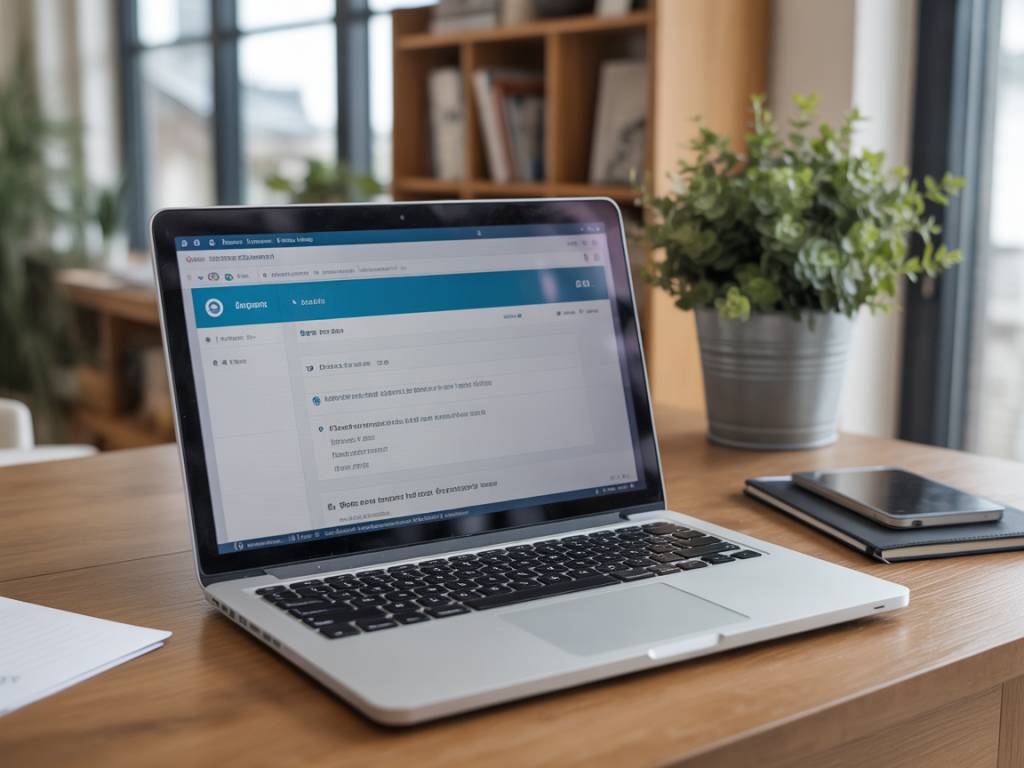Backlink building tips to improve your site’s trust and ranking

Backlink building tips to improve your site’s trust and ranking
Why Backlinks Still Matter (Yes, Even in 2024)
Let’s kill the myth right away: backlinks are far from dead. Despite all the updates from Google, backlinks remain one of the top three ranking factors. Why? Because links are votes of confidence. If your site earns links from authoritative sources, search engines interpret that as a sign of trustworthiness and relevance.
But here’s the kicker: not all links are created equal. A handful of strong, relevant backlinks from trusted domains will do more for your SEO than thousands of spammy, low-grade ones. Quality > quantity – always.
In this guide, we’re diving into actionable backlink building strategies that can improve your site’s authority and search visibility. These are techniques I’ve used personally across B2B and B2C clients alike – from early-stage startups to category leaders.
The Foundation: What Makes a Good Backlink?
Before we dive into tactics, let’s align on what we actually want in a backlink:
- Relevance: Is the linking site contextually related to your niche?
- Authority: Does the site have solid domain authority (DA/DR)?
- Traffic: Does the page or domain get real visitors?
- Placement: Is the link embedded naturally in useful content?
- Dofollow: Make sure the link passes SEO value (check for nofollow tags).
Now that we know what we’re after, let’s explore how to get them — without burning out your budget or landing in a Google penalty box.
Guest Posting, But Smarter
Yes, guest posting still works — but only if you’re strategic. Forget mass-emailing generic pitches. Focus instead on building value-driven relationships with sites that matter in your niche.
Here’s how I like to approach it:
- Reverse-engineer competitors: Use tools like Ahrefs or Semrush to audit your competitors’ backlinks. Find guest posts they’ve published — then pitch those same sites with a better angle.
- Pitch with obsession-level relevance: Instead of saying “I’d like to write for your blog,” say “I noticed your article on [specific topic] is performing well on LinkedIn. I’d love to build on that with a fresh angle covering [topic idea].”
- Write evergreen content: Google loves fresh content, but website owners love assets that can perform for years. Focus on evergreen how-to’s or case studies that provide long-term value.
Guest posting takes time, but backlinks from high-authority blogs in your niche are SEO gold.
Leverage Digital PR (Without Hiring an Agency)
Digital PR often sounds expensive — and it can be — but you don’t need a PR firm to land editorial links from big publications.
Here are low-barrier ways to get started:
- Respond to journalist requests: Use platforms like HARO (Help a Reporter Out), Qwoted, and Terkel to provide expert quotes to journalists.
- Use data-driven storytelling: Have first-party data? Package it into simple infographics or fact-based blog posts. Journalists love citing trustworthy data.
- Create unique studies: Pick a trending topic in your niche, survey your audience, and publish insights. Outreach it to niche blogs and media contacts for linkable press coverage.
These methods require more effort up front, but they often yield backlinks from news sites and .edu domains — which are incredibly powerful for SEO.
Create Link Magnets That Naturally Attract Backlinks
Some content doesn’t just earn links — it attracts them passively. Here’s what to create if you want high-authority links without begging for them:
- Ultimate guides & tutorials: If you create the most detailed resource in your field, other blogs and forums will naturally link to it as a reference.
- Free tools & calculators: These are goldmines for links as they provide utility. For example, a “keyword density checker” or “SEO score audit” tool can attract links from blog posts and roundup pages.
- Industry benchmarks: If you can publish data that isn’t readily available on the web, people will link to you as the original source.
Investing in one link magnet can pay off for years. I’ve seen a simple glossary page attract over 120 backlinks over 12 months — with no promotion.
Use Link Roundups and Resource Pages
Resource pages still exist — and they’re underrated. Think of them as curated libraries of helpful content on a topic. If your content fits the bill, you can earn links with just a few personal emails.
How to find these opportunities:
- Search Google with footprints like « intitle:resources + [your topic] » or « inurl:links.html + [your keyword] ».
- Make sure your content actually deserves to be on the list. Relevance and quality are non-negotiable.
- Send a short, respectful pitch: highlight the value your content adds and be clear about what’s in it for the site owner (keeping their resources updated, offering a fresh perspective, etc.).
This method is particularly effective for niches like education, health, SaaS, and marketing — where curated lists are common.
Reclaim Lost or Broken Backlinks
Every site eventually gets linked incorrectly. Others let their backlinks break due to page updates or 404 errors. Reclaiming these links is low-effort and high-ROI.
Here’s how to do it:
- Use Ahrefs’ Broken Link checker: Run your domain and identify lost or broken backlinks.
- Redirect if possible: If you own the broken page, redirect it to a live equivalent (301 redirect).
- Reach out: If someone mentions your brand but doesn’t link, email them a friendly nudge and add value (suggest additional resources or updated stats).
Brand mentions without links are the easiest to convert — because the heavy lifting is already done. You just need to ask.
Strategic Internal Linking: Don’t Sleep On It
Not all link building happens off-site. Strategic internal linking can spread link equity across your domain and enhance key page rankings.
Tips for leveling up internal links:
- Use keyword-rich anchor texts: But keep the language natural — no over-optimization.
- Link from high-authority pages: Identify your highest-performing content and link out to pages that need a visibility boost.
- Organize content into silos: Group related content into topical clusters connected by strong internal links. This improves crawlability and user experience.
Think of internal links as the circulatory system of your site’s authority. Keep it flowing logically.
Red Flags to Avoid (Unless You Like Penalties)
Not all backlinks are good backlinks. Some can do more harm than good. Here’s what to steer clear of:
- Private Blog Networks (PBNs): Unless you own and control them very carefully, these are ticking time bombs.
- Spammy directories: If it feels like it’s stuck in 2008, it probably is.
- Irrelevant link exchanges: Google sees unnatural reciprocal links as manipulation.
- Paid links without transparency: Always disclose sponsored content and use appropriate attributes (e.g., rel= »sponsored »).
In short: if it feels shady, it probably is. Play the long game. It pays off.
Your Next Moves
If you want to boost your site’s trust and rankings, you don’t need a massive budget or a fancy outreach toolset. Consistency beats scale. Start with 2-3 techniques from this article and execute them well — even if it’s just one strong backlink a week. That’s 52 high-quality links in a year.
Remember, SEO is compounding. The backlinks you earn today will still benefit your site months from now. Focus on value, relevance, and strategic outreach, and your domain authority will climb steadily — without any algorithm paranoia.
Need help scaling your backlink strategy or prioritizing link opportunities? Feel free to reach out — I offer consulting packages focused on ROI-driven link building.








